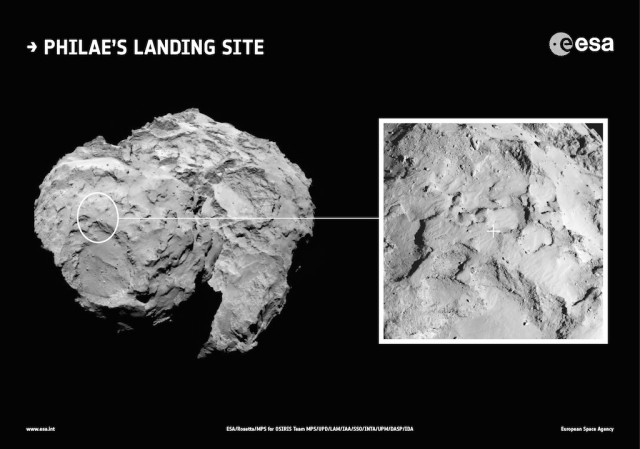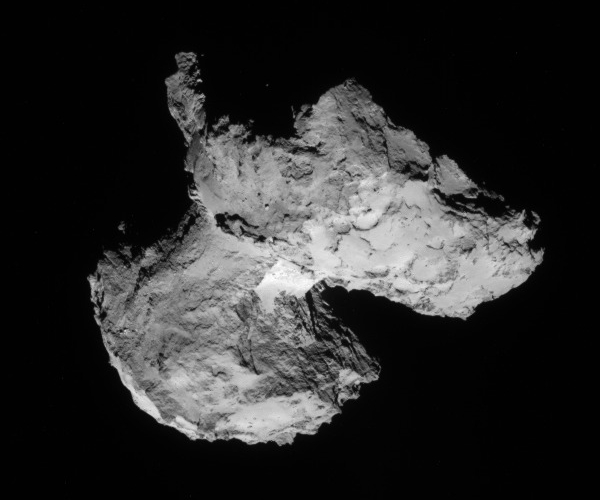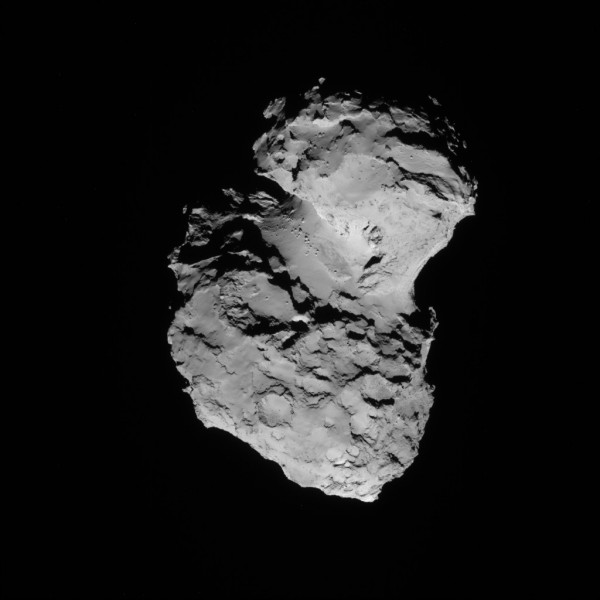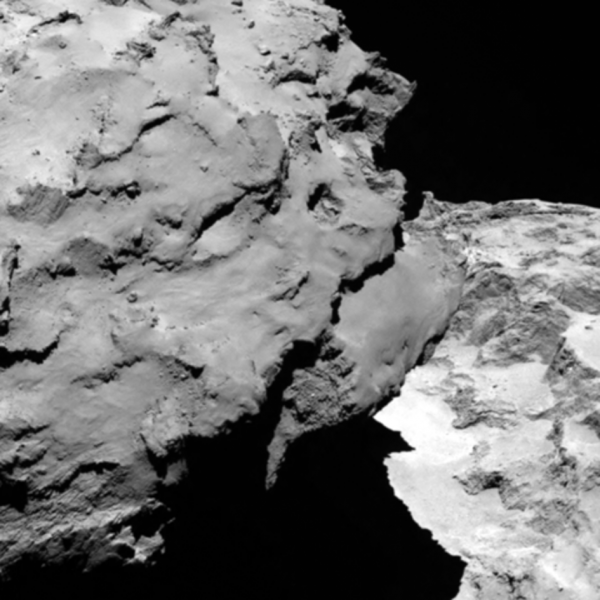Hubble gives Jupiter a giant eye
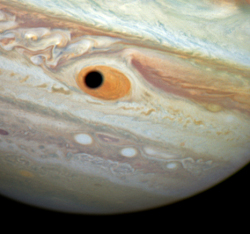
By timing things perfectly, scientists have used the Hubble Space Telescope to take a very cool image of Jupiter, with the shadow of its largest moon Ganymede cast into the planet’s Giant Red Spot.
The science from this image is somewhat limited, but damn, it sure is a neat demonstration of our modern ability to do amazing things with technology.
Click on the link for the full image.

By timing things perfectly, scientists have used the Hubble Space Telescope to take a very cool image of Jupiter, with the shadow of its largest moon Ganymede cast into the planet’s Giant Red Spot.
The science from this image is somewhat limited, but damn, it sure is a neat demonstration of our modern ability to do amazing things with technology.
Click on the link for the full image.

